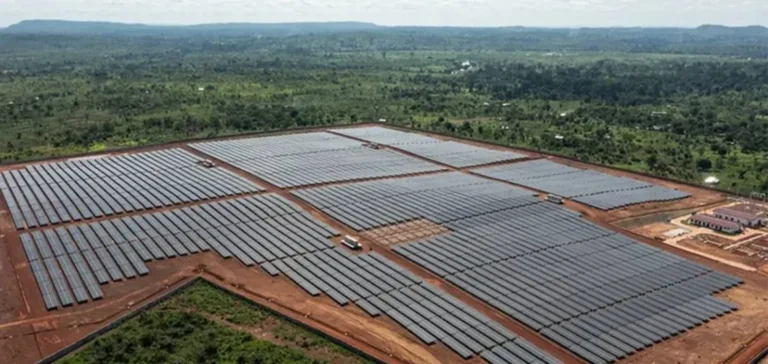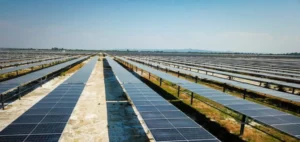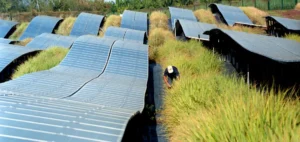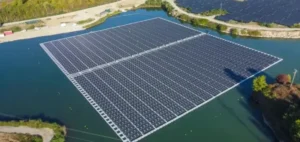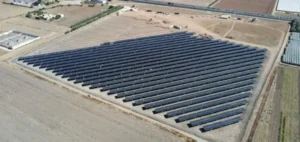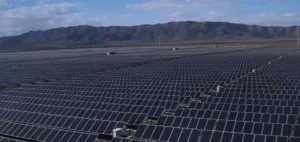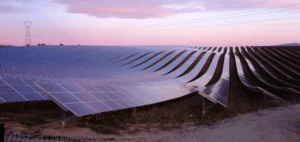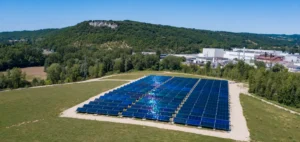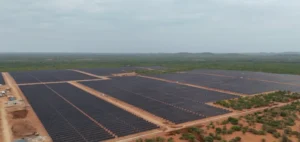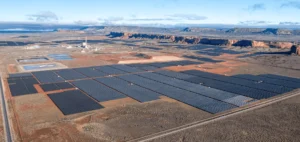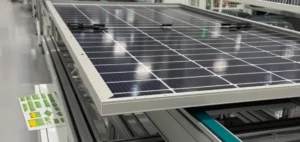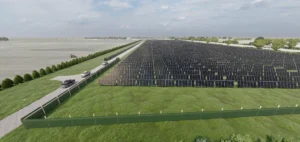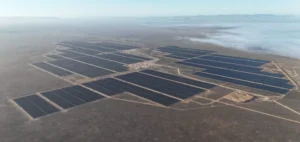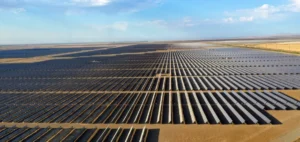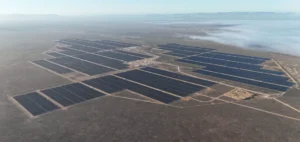Solar panel imports into Africa rose by 60% in the twelve months ending in June 2025, reaching 15,032 megawatts (MW), according to Chinese export data compiled by the energy think tank Ember. This volume far exceeds the 9,379 MW imported during the previous period and represents an increase on a scale that could reshape the electricity systems of many countries.
A continental trend beyond South Africa
Unlike the last surge in 2023, which was largely concentrated in South Africa, the current increase extends across the continent. Ember reported that 20 countries set new records for solar panel imports during this period, while 25 countries imported at least 100 MW, up from 15 a year earlier. Nigeria overtook Egypt to become the second-largest importer with 1,721 MW, followed by Algeria with 1,199 MW.
Strong growth in several markets
Algeria recorded a 33-fold increase in import volumes, while Zambia’s purchases rose eightfold. Botswana and Sudan multiplied their imports sevenfold and sixfold respectively. Other countries, including Liberia, the Democratic Republic of Congo, Benin, Angola and Ethiopia, more than tripled their volumes. These changes reflect a general intensification of activity across the sector.
Capacity still to be confirmed on the ground
Despite these record import levels, Ember highlighted that the lack of data on actual installations makes it difficult to assess the real impact on power grids. However, if fully deployed, last year’s imports could generate the equivalent of 61% of Sierra Leone’s 2023 electricity output and 49% of Chad’s. Liberia, Somalia, Eritrea, Togo and Benin could see production increase by more than 10% compared with their 2023 levels.
A relative weight compared with fuel imports
The report emphasised the comparison with refined petroleum imports. In nine of the top ten solar panel importers, the value of fuel imports exceeded that of panels by a ratio ranging from 30 to 107. Ember added that in some cases, such as Nigeria, the diesel savings enabled by solar panels can offset their cost in less than six months.


